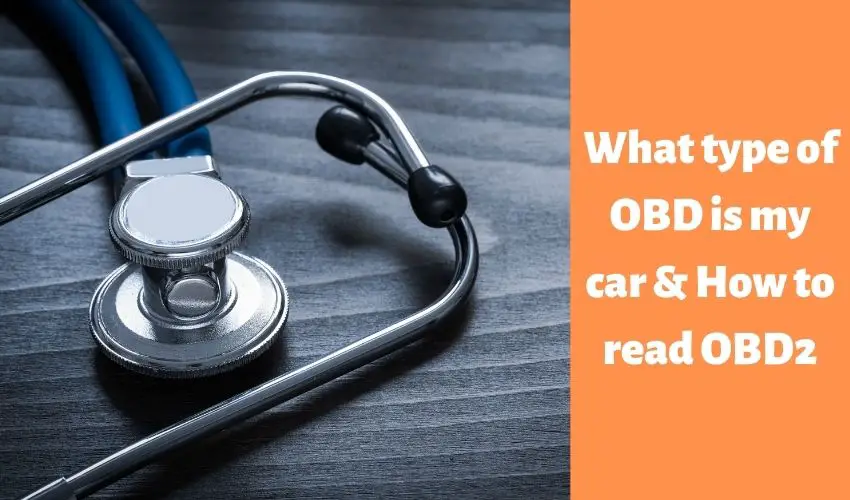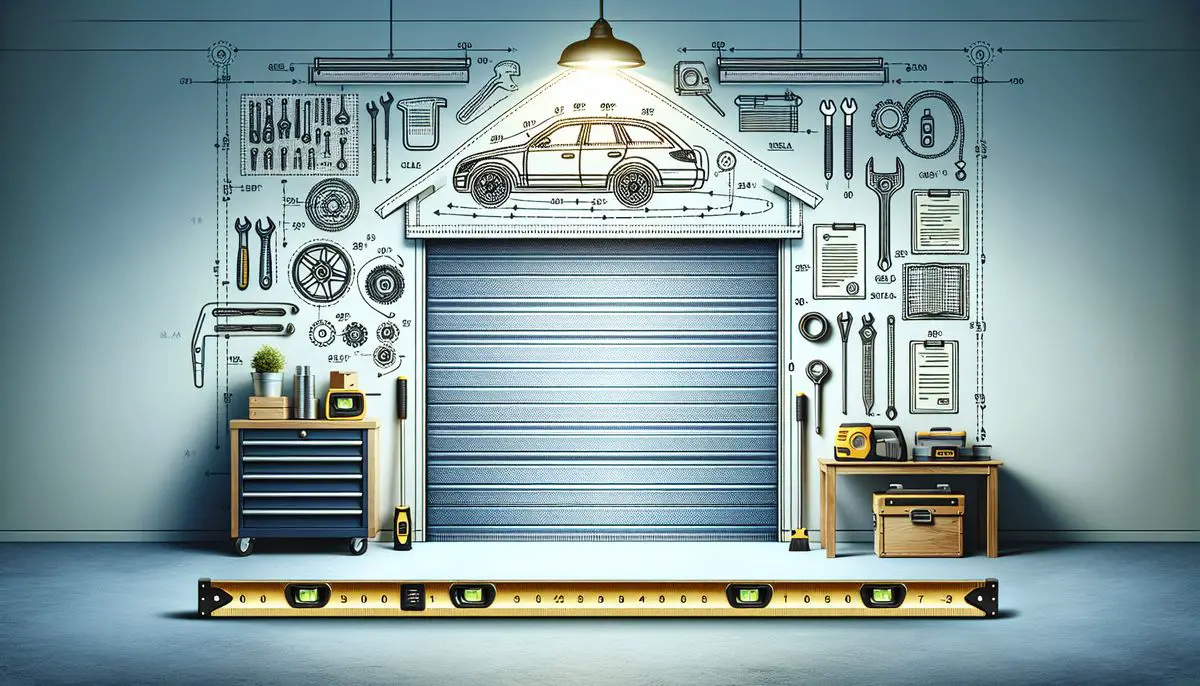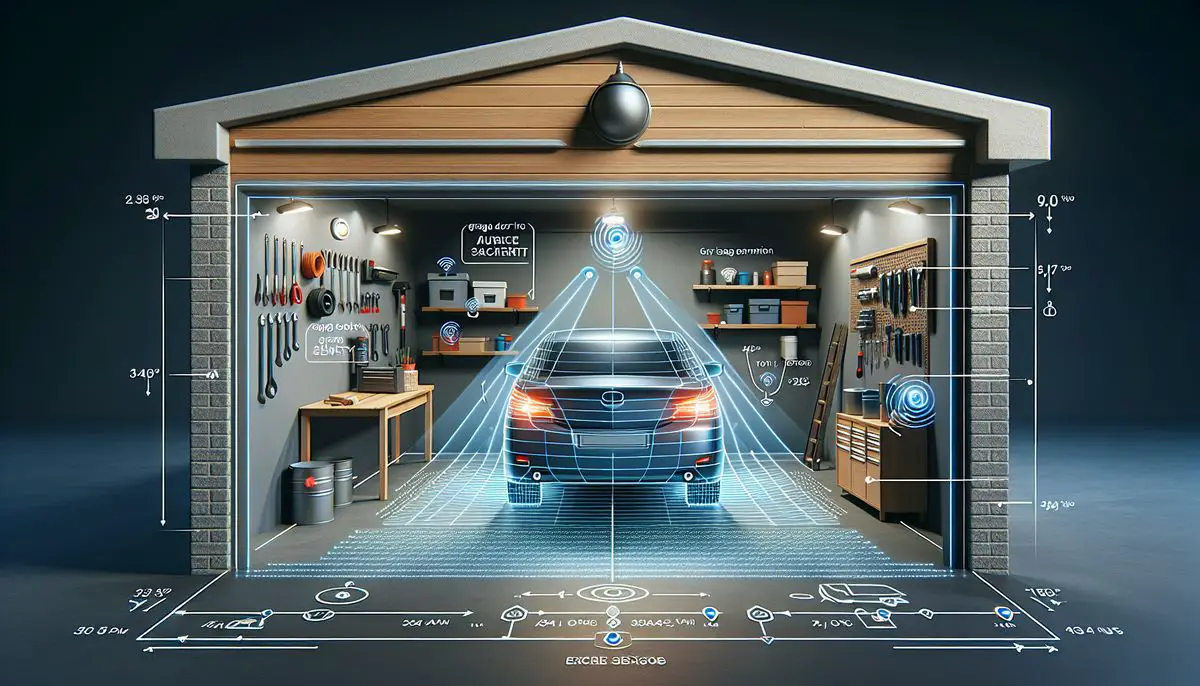A car’s OBD (On-Board Diagnostics) is either OBD1 or OBD2, but the two have some slight differences. OBD1 comes with a specific interface, while OBD2’s interface is universal. The latter is easier to connect with your car’s diagnostic system and quite advanced, which means it provides better diagnostic. There are some ways to know the type of OBD your car is.
Ways to identify your car’s Type of OBD
There are a few ways to know the type of OBD your car is. They include:
- Start by checking the car’s year of manufacture. All vehicles manufactured from 1996 were required to use OBD2. So, if your car was made before 1995, it is most likely to have OBD1.
- Another way to identify the OBD of your vehicle is by checking the interface system. The OBD2 interface has a standard look that includes a connector with 16 pins. Also, all OBD2 interfaces are similar, which means if your car’s interface has this 16-pin connector, it is OBD2. Anything different this is OBD1.
- Check the location of the OBD system, which is somewhere in your vehicle’s dashboard. However, the model or brand of a car may affect its location. But, most of them are on the steering’s left side underneath the dashboard. It is sometimes secured using a latch, glove box, or a compartment. Regardless of the location, the interface is always easy to access and doesn’t require any special tools.
- Beneath the hood, you will find a label showing if the car was certified by OBD2 or OBD2. Besides, the owner’s manual explains the type of OBD of your vehicle.
More: All The Benefits of Waxing a Car
Differences between OBD1 and OBD2 (OBD VS OBDS2)
- OBD2 technology is more advanced than OBD1. It provides standardized and better vehicle ways to diagnose your car. It also connects hands-free using Wi-Fi or Bluetooth, but OBD1 requires a corded connection.
- OBD2 is universal and straightforward. Many manufacturers can use one OBD2 scanner for different cars. On the other hand, OBD1 is a manufacturer specified, which means one scanner is for one car only and cannot be used with any other.
- OBD1 is for all cars manufactured from 1996, and OBD2 supports those manufactured in 1995 and before.
- OBD1 provides results based on fuel and energy consumption compared to the output result. But, OBD2 has improved signaling protocols combined with messaging formats that give you results after considering different factors.
- OBD1 is not popular, and OBD2’s popularity is high.
- OBD1 is not as accurate as OBD2 because it does not provide detailed codes in the CEL message. OBD2 gives coded messages specifying the problem’s location.
- OBD1 checks for signs of strong resistance, shorts and opens in the actuator and sensors, and the out-of-range values sent through ECM. OBD2 can do all that OBD1 can, but it has additional functions, including smog tests, battery usage, graphical data representation, and performance level.
Related: How to Polish a Car with an Orbital Buffer
How to read OBD2 scanner
- Connect the OBD Scanner to the OBD port
OBD2 scanner has 16 pins trapezoidal connector or the diagnostic link connector that fits perfectly in your car’s OBD port. The OBD port is mostly on the left side of the dashboard, close to the pedals. However, in some vehicles, it’s in the middle dashboard or under your glove compartment. The easiest way to find your car’s OBD scanner is by reading the owner’s manual.
- Switch on the vehicle
Switch on your car without starting the engine. This sends power to the OBD scanner and initiates communication between the scanner and the car’s onboard computer. The interface lights up and shows OBD linking with the connector pins. If it fails after turning on the ignition, check the auxiliary power outlet and make sure it’s working. Unless there is voltage passing to the power outlet, the scanner will not work.
- Enter Your Vehicle Identification Number
Some OBD2 scanners require you to enter your car’s Vehicle Identification Number, model, engine type, and make of vehicle. This is especially important where the manufacturer has specific OBD codes.
- Check the menu for OBD codes
Navigate the menu on the scanner to see the OBD codes. In most cases, you have to choose either Active Codes or Pending Codes. The Active Codes are about errors causing the Check Engine light to switch on. The Pending Codes refer to errors that have not yet caused this light to switch on but have occurred once before. When this error happens again, the Check Engine light turns on.
- Interpret the OBD Code
Every character on the code you receive has a message regarding the error. The first character provides an overview of your car’s problem. A B means there is an issue with the car’s body system and P indicates that the powertrain system has a problem.
The second character defines whether the problem is a specific issue with the manufacturer or a generic one. The Society of Automotive Engineers creates the codes and use standard codes to refer to common car problems. These are called generic codes, and if a manufacturer adds their special codes to reflect their parts accurately, the codes are referred to as manufacturer-specific codes. It is a generic problem if you find that the first and second characters are B0, P0, P2, B3, C0, B0, P34-P39, U0, U3, or C3. If you get P30-P33, C1, B1, C2, U2, B2, it is manufacturer specific problem.
The third character provides specific information to let you know where the problem is. Every problem has a special interpretation depending on the number you get. For example, if it’s a powertrain issue and the third character is 1, it means there is an air metering or fuel issue, and a 2 shows air metering or fuel injection problem.
The last two characters in the OBD code reveal the exact problem. The good thing is that you can find code interpretation sites online. So you just enter the whole code, and you get details and how to fix the issue.
Every vehicle has an OBD port. With the availability of apps and devices to give you a better insight into your vehicle’s problem, you should know the type of OBD your car has.



